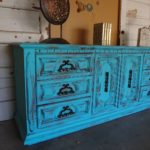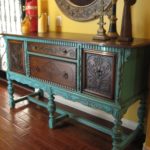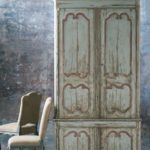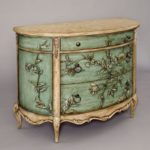Do-it-yourself Provence style furniture aging techniques
Provence is not only the historical region of France, stretching between the Alps and the Cote d'Azur. It is again and again a style of interior design coming into fashion, the name of which translates as "province", "countryside".

Do-it-yourself furniture restoration in Provence style provides for the artificial aging of cabinets, armchairs, shelves, bookcases, tables and dressers. For this, different techniques are used, which will be discussed below.

- Feature of the Provence style
- Do-it-yourself advantages
- DIY furniture aging techniques
- What tools and materials will be needed
- A step-by-step workshop on aging furniture
- Ready-made examples of aging different furniture with your own hands
- Video: painting a dresser using the aging technique
- 50 designs of artificially aged furniture
Feature of the Provence style
Provence is a more sophisticated analogue of American country. The style of the French hinterland is distinguished at the same time by simplicity and sophistication, elegance and modesty, gravitation towards vintage furniture, naivety and idyllic tranquility. It is soulful and cozy, like the village house of a grandmother from childhood memories. It is especially common in kitchens, but it can also decorate other rooms: living rooms, dining rooms, bedrooms.
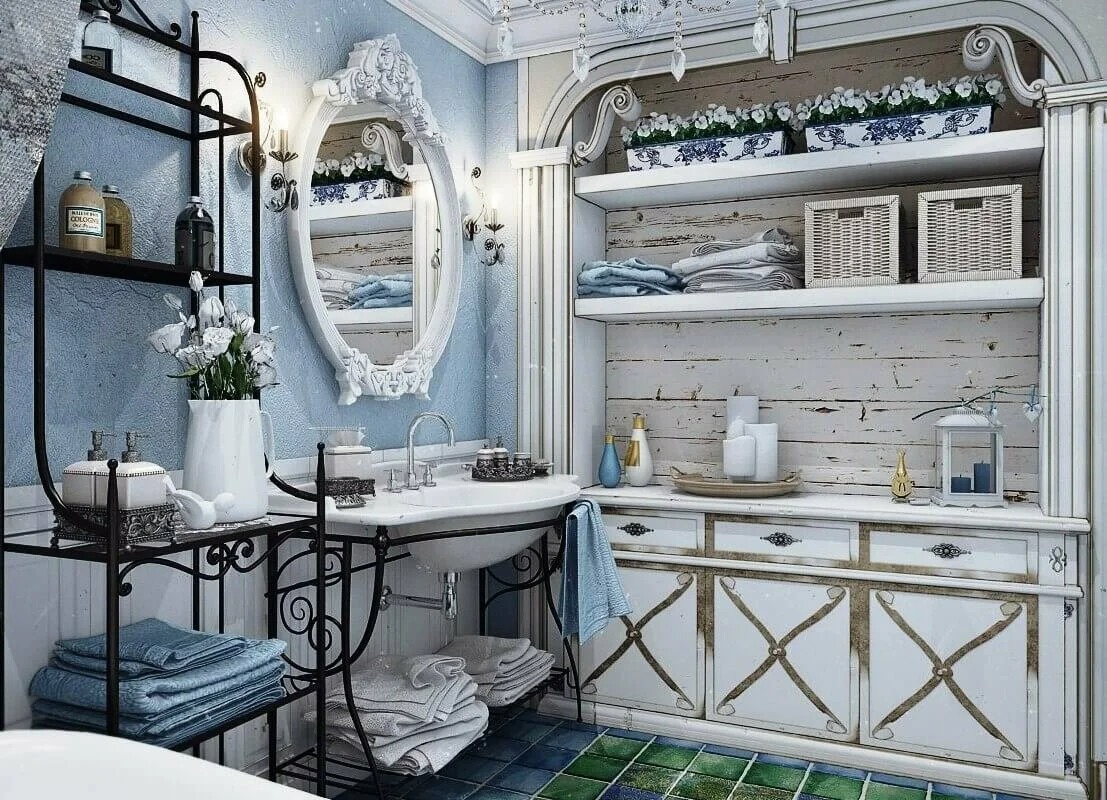
Style features:
- Antique or artificially aged furniture.
- Natural flowers.
- Decorating with floral and rustic ornaments.
- An abundance of gizmos from the "good old days", from grandmother's box to old knickknacks bought at a flea market.
- Decoupage, sewing, ruffles and other handmade decor, made by your own hands.
- Softness, naturalness and variety of materials.
Slightly "burnt out" and dull tones, rustic but practical and high-quality things, rough plaster and natural textiles - this is the interior design in the spirit of "French country". There is no place for pomp, deliberate pretentiousness and arrogant luxury. Cold shine of metal, polished surfaces and modern furniture "monsters" -transformers are inappropriate. Everything is homely, cozy and modest, but at the same time subtly sophisticated.

Do-it-yourself advantages
Before figuring out how to paint Provence-style furniture, how and in what ways to decorate it, let's decide why it is needed at all. So, what are the advantages of restoring furniture and decorating a room in the spirit of the French countryside:
- Saving. Provence is much cheaper than classics, hi-tech and most other styles.
- You don't even have to buy furniture. The existing one, artificially aged and restored, will do.
- The possibility of using old interior elements.
- Moral satisfaction, pride in what you have done with your own hands.
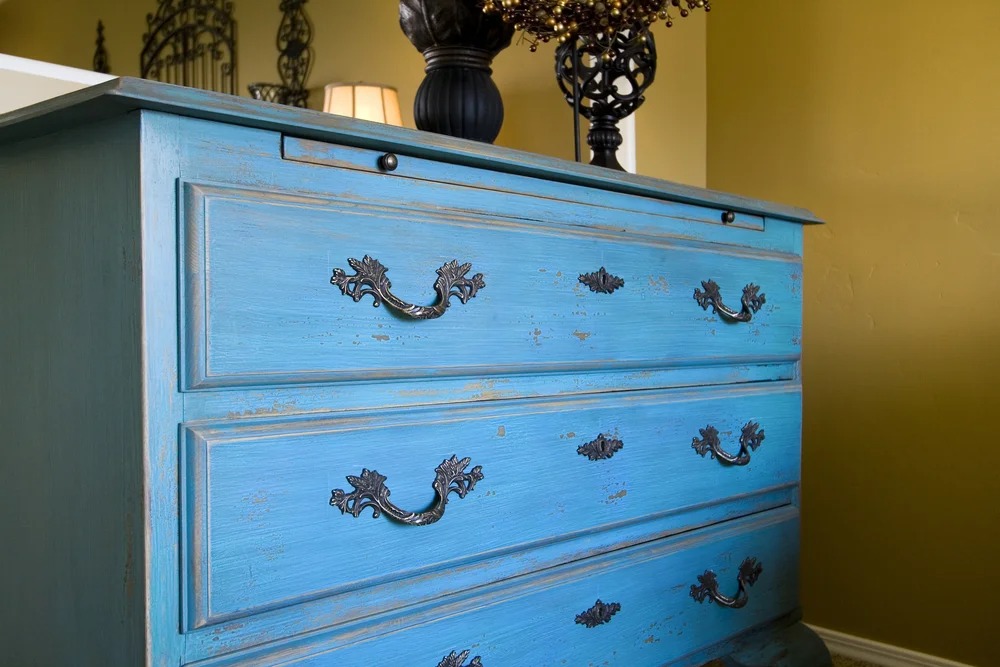
DIY furniture aging techniques
You can “age” a chest of drawers or a sideboard in different ways. Let's take a look at the basic techniques.
Regular painting
- Preparatory stage: remove the old varnish with coarse-grain emery, sand the surface with fine-grain paper.
- Painting. In Provence, pastel colors prevail. We choose the paint accordingly.
- Iron wool (abrasive, sold in hardware stores) dry three surfaces until dark lines and spots appear.
- Paint the fittings with the same paint, dry, then clean with an iron brush.

Paint and paraffin
The aging effect can also be obtained with regular paraffin. To do this, in some places, the coating is removed with sandpaper. Then the working areas are rubbed with paraffin, and paint is sprayed on top using an aerosol can. It is not scary if the coverage is uneven - such negligence is fully consistent with the spirit of Provence.
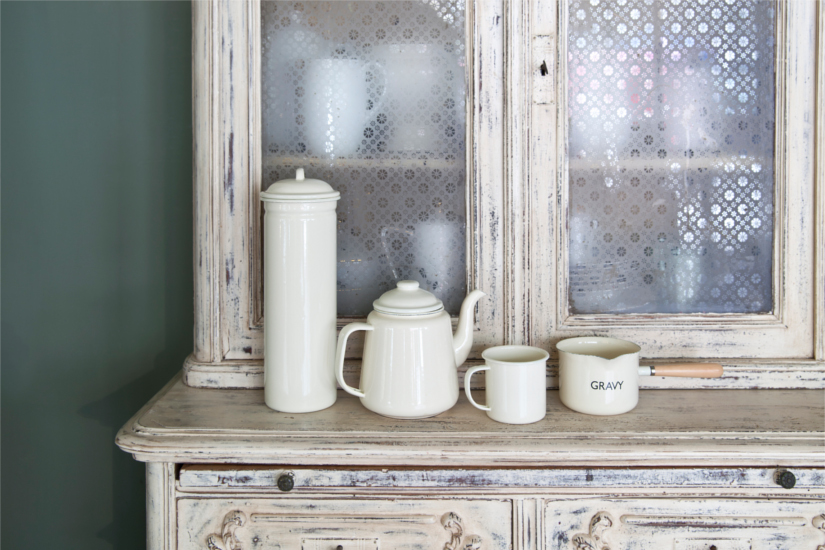
Cleaning and whitening
Whitening can be done either with a special bleaching paste or by grinding. The paste is only suitable for porous wood species. For example, oak or ash.
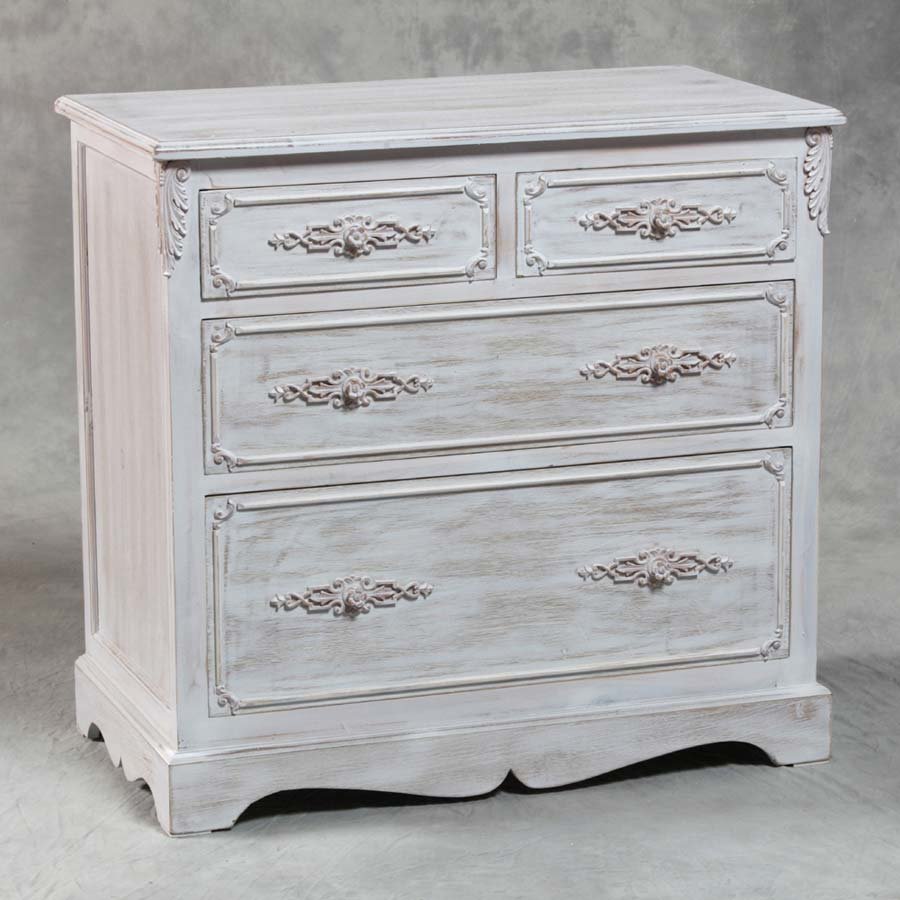
Whitening:
- Thorough cleaning of the surface. Remove varnish and sand first with coarse emery, then with finer grain paper.
- Places of "aging" are covered with blue or brown paint, dried, rubbed with paraffin.
- Paint the furniture with white paint in several layers.

Patination at home
Patination can be done in dozens of ways and materials. At home, the easiest way to get patination composition. You can find it in any building supermarket. First, the surface is prepared, painted, varnished. Sand the dried furniture with 240-280 grit sandpaper. Then a patinating drug is sprayed onto the surface from a can. After that, the patina is removed with iron wool, remaining only in the recesses.

Using craquelure varnish
Craquelure varnish - varnish used to make craquelure. Unclear? And everything is simple: craquelures are decorative cracks that create the effect of furniture cracked from time to time. The method is quite complicated and requires certain skills. Not for beginner craftsmen.

What tools and materials will be needed
Let's combine several techniques in one master class. To decorate Provence style furniture with our own hands, we need the following tools and materials:
- Wide and narrower brushes for spot painting.
- Acrylic water-based paint.
- Patinating composition (in our case - bituminous varnish).
- Paraffin.
- Putty.
- Hair dryer (to speed up drying).

A step-by-step workshop on aging furniture
- Base coat application.
- Drying. You can use a hair dryer to speed up the process.
- Paraffin treatment of “aging” sites.
- Adding a putty for embossing and creating a multi-layer effect.
- Creation of a scuff effect.This is achieved by rubbing with emery, a stiff brush or iron wool ... or by applying paint with a sponge, then the previous layer will be perceived as abrasion.
- Painting in several layers.
- Sanding.
- Patination.
- Drying.

If you have decorating skills, you can additionally paint Provence style furniture with your own hands. Floral ornaments and images with rural motifs will look especially organic.

Ready-made examples of aging different furniture with your own hands
The “aged” chest of drawers looks good by the method of reverse patination. In this case, scuffs are achieved not by rubbing the patina, but by rubbing the layer of paint under it.
An old Soviet wardrobe restored in Provence style with an attached additional storage system in the form of a bookcase.

Aged patinated shelving unit and bookcase.

In addition to aging furniture, the Provence style can always be supplemented with decorating using decoupage technique and other types of painting. Old trinkets, handmade souvenirs, fresh flowers will look great in this interior.

Video: painting a dresser using the aging technique





